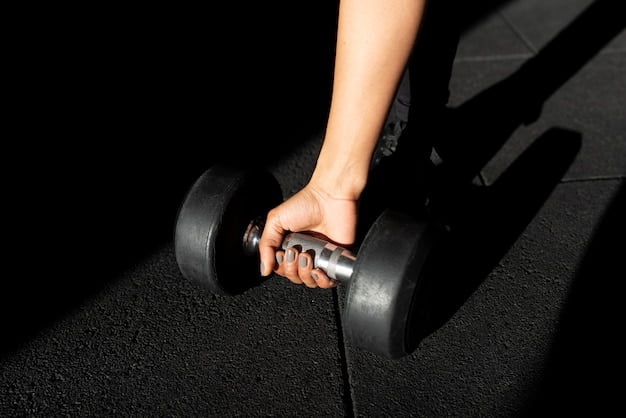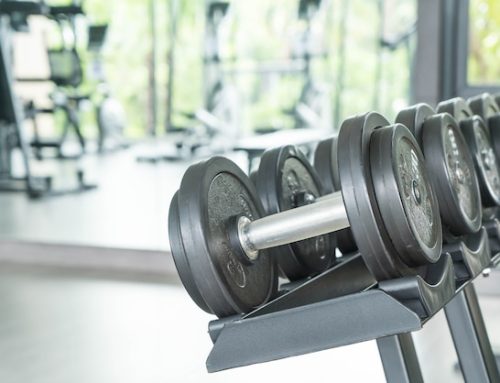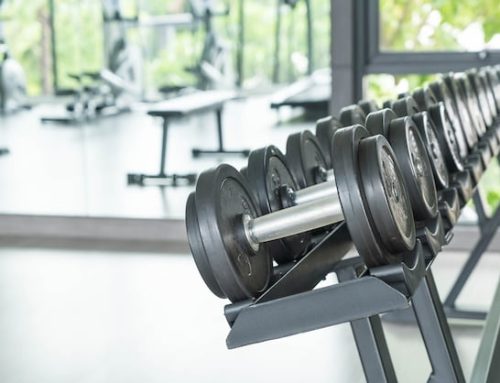Introduction
Weightlifting is the most popular form of exercise for those who want to build muscle, improve their physical appearance, and increase their strength. But, one of the most common questions asked by beginners is “How much weight should I lift to build muscle?” While the answer to this question depends on various factors such as age, gender, body type, and fitness goals, this article aims to provide some general guidelines to help you choose the right weight to lift.
Factors that Affect How Much Weight You Should Lift
Before we dive into the details, let’s first discuss some of the factors that affect how much weight you should lift. These include:
- Your fitness level
- Your age and gender
- Your body type
- Your workout goals
- Your experience level with weightlifting
Understanding Repetitions and Sets
To understand how much weight you should lift, you need to first understand two main concepts: repetitions and sets. Repetitions refer to the number of times you perform an exercise, while sets refer to the number of times you perform a group of repetitions. For example, if you perform 10 repetitions of bicep curls, and then take a break, and then perform another 10 repetitions, you have completed two sets of bicep curls.
Choosing the Right Weight for Your Fitness Level
If you are just starting out with weightlifting and are new to the gym, it is essential that you choose a weight that is appropriate for your fitness level. If you lift weights that are too heavy, you can risk injury, and if you lift weights that are too light, you may not see any progress.
The best way to choose the right weight is to start with a weight that you can easily lift for 12-15 repetitions. If you can lift the weight easily for more than 15 repetitions, the weight is probably too light. If you struggle to lift the weight for 8 repetitions, the weight is probably too heavy.
Selecting the Right Weight Based on Your Goals
If your goal is to build muscle, you should aim to lift weights that are heavy enough to challenge your muscles, but not too heavy that you cannot perform the exercise with proper form. Lifting heavier weights with less repetitions (around 6-8 repetitions) will help to build muscle mass, while lifting lighter weights with more repetitions (around 12-15 repetitions) will help to tone your muscles.
If your goal is to increase your strength, you should aim to lift weights that are heavy enough that you can only perform 1-6 repetitions. Lifting heavy weights will increase your muscle strength and endurance.
Adjusting Your Weight Over Time
As you progress in your weightlifting journey and become more experienced, you may find that the weights you lift become easier to handle. When this happens, it’s time to increase the weight. A general rule of thumb is to increase the weight by 5-10% once you can easily perform the current weight for 12-15 repetitions.
The Importance of Proper Form
When lifting weights, it’s crucial that you perform the exercise with proper form to avoid injury and to ensure that you’re targeting the right muscles. If you’re having trouble performing the exercise with proper form, the weight is probably too heavy. Always start with lighter weights and focus on proper form before increasing the weight.
The Bottom Line
Choosing the right weight to lift is an essential part of weightlifting. You should choose weights that are appropriate for your fitness level and goals, and always perform exercises with proper form. If you’re not sure which weight to choose, start with lighter weights and gradually increase the weight over time as you become more comfortable with the exercises. Remember, consistency is key when it comes to building muscle, so stick with your workout routine, and you’ll see progress in no time.
References:
- Healthline
- Bodybuilding.com
- Verywell Fit






